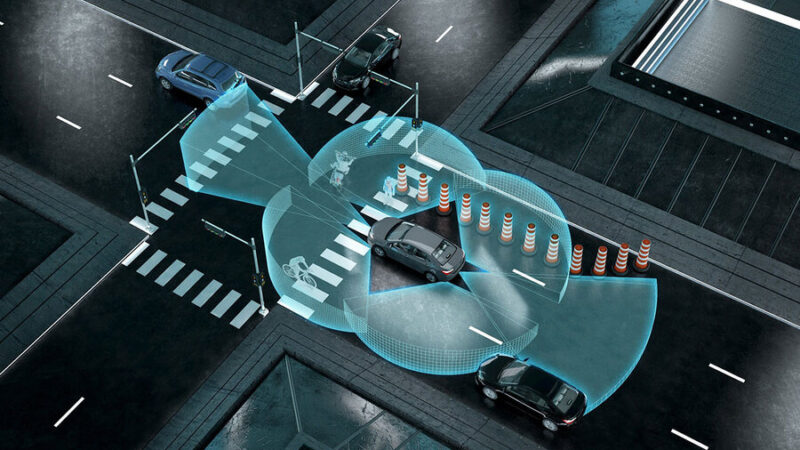What is Assistive Technology: Empowering Lives Through Innovation

Introduction
In an era defined by rapid technological advancements, the concept of assistive technology has emerged as a powerful force for inclusivity and empowerment. Assistive technology, often abbreviated as AT, encompasses a wide range of tools, devices, and software designed to enhance the quality of life for individuals with disabilities. In this article, we will explore the world of assistive technology, its significance, and the myriad ways it is transforming lives across the globe.
Assistive Technology: A Holistic Perspective
Assistive technology refers to any product or system that helps individuals with disabilities to perform tasks they would otherwise find challenging or impossible. This technology can be as simple as a magnifying glass to aid those with visual impairments in reading small print, or as complex as a voice-controlled wheelchair for those with limited mobility.
AT solutions are tailored to address various types of disabilities, including sensory impairments (vision or hearing), physical disabilities, cognitive impairments, and communication challenges. By bridging these gaps, assistive technology aims to provide equal opportunities and access to education, employment, and social participation for all.
Types of Assistive Technology
Augmentative and Alternative Communication (AAC) Devices
AAC devices are designed to assist individuals with communication disabilities, such as those with speech impairments or non-verbal individuals. These devices can range from simple picture boards to advanced speech-generating devices that use text-to-speech technology.
Mobility Aids
Mobility aids are crucial for people with physical disabilities. Wheelchairs, walkers, canes, and even exoskeletons fall under this category. Modern innovations like powered wheelchairs equipped with advanced controls and obstacle detection systems have significantly improved the mobility and independence of wheelchair users.
Sensory Aids
Individuals with sensory impairments, such as blindness or deafness, benefit from sensory aids like screen readers, Braille displays, cochlear implants, and hearing aids. These technologies enhance their ability to interact with the world around them.
Assistive Software and Apps
A wide array of software and mobile applications are available to support individuals with various disabilities. Screen readers, text-to-speech software, and communication apps are some examples. These tools enable individuals to access information, communicate, and navigate digital environments effectively.
The Impact of Assistive Technology
The adoption of assistive technology has brought about transformative changes in the lives of individuals with disabilities. Here are some of the remarkable impacts of AT:
Enhanced Independence
Assistive technology empowers individuals to perform everyday tasks independently. For example, a person with a mobility impairment can use a motorized wheelchair to move around without assistance, fostering a sense of autonomy and self-reliance.
Improved Educational Opportunities
AT plays a pivotal role in education. Students with disabilities can use tools like screen readers and voice recognition software to access educational materials, take notes, and complete assignments. This promotes inclusive learning environments and ensures that no one is left behind.
Greater Workforce Inclusion
With the help of assistive technology, individuals with disabilities can excel in various professions. Accessible workplace technologies, like adaptive computer software and ergonomic assistive devices, make it possible for them to contribute their skills and talents to the workforce.
Enhanced Social Participation
Social interaction is a fundamental aspect of human life, and assistive technology facilitates this for individuals with disabilities. Communication aids and devices enable them to engage in conversations, participate in social activities, and connect with the world.
Challenges and Future Directions
While assistive technology has made remarkable strides, there are still challenges to address:
Accessibility and Affordability
Ensuring that AT solutions are accessible and affordable for all remains a challenge. High costs and limited availability can hinder access to these life-changing technologies.
Awareness and Education
Many individuals with disabilities and their caregivers may not be aware of the full range of assistive technology options available to them. Education and awareness campaigns are essential to bridge this knowledge gap.
Customization and Personalization
Assistive technology solutions must be tailored to the unique needs of each individual. More efforts are needed to develop customizable and easily adaptable AT tools.
Integration with Mainstream Technology
Seamless integration of assistive technology with mainstream technology is crucial. Ensuring that websites, software, and digital content are accessible to all is an ongoing challenge.
The future of assistive technology holds promise as technology continues to evolve. Advancements in artificial intelligence, robotics, and wearable technology are expected to lead to even more innovative AT solutions. These developments will further enhance the quality of life and opportunities for individuals with disabilities.
Conclusion
Assistive technology has emerged as a powerful force for inclusivity, empowerment, and independence for individuals with disabilities. From communication aids to mobility solutions, AT has transformed the lives of countless people, breaking down barriers and providing equal opportunities. While challenges persist, ongoing innovation and advocacy promise a brighter future where assistive technology is more accessible, customizable, and seamlessly integrated into everyday life.







